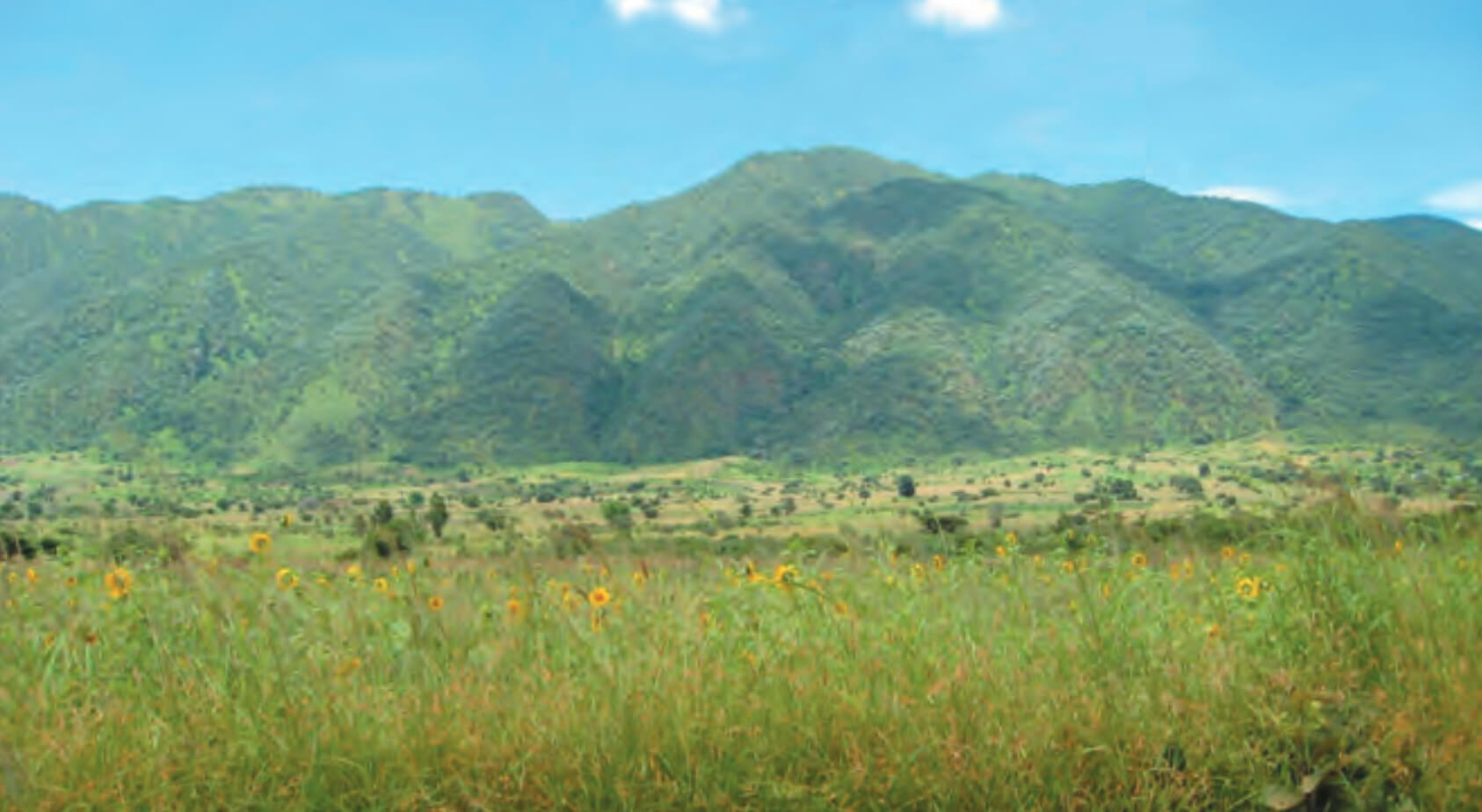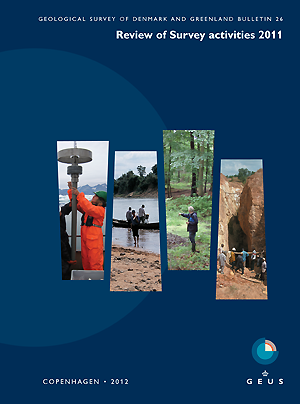
How to Cite
Share
Abstract
Poor soils are a major cause of poverty in sub-Saharan Africa, and thus restoration of soil fertility is a significant challenge for sustainable agriculture. Some of the main resources required, e.g. phosphate and lime, are present in many African countries and can be used by smallholder farmers in a relatively unprocessed form instead of expensive commercial fertilisers. Here we present a small study of the Mbeya region in Tanzania, which locally has both phosphate and lime. Most soils in sub-Saharan Africa are losing nutrients necessary for sustainable agriculture. This is mainly due to intensive farming and the fact that the nutrients are not replaced adequately. Further reasons for nutrient losses are leaching, soil erosion and fixation by iron and aluminium oxides. Vast areas experience moderate to acute phosphorus deficiency (Vanlauwe & Giller 2006). The Mbeya region in south-western Tanzania (Fig. 1) is characterised by intensive smallholder plots along with several local sources of phosphate-bearing rocks and limestone. The former were examined in the 1980s (Chesworth et al.1988, 1989), but have never been utilised (Kalvig et al. 2010).
How to Cite
Share
Copyright (c) 2012 Per Kalvig, Niels Fold, Jesper Bosse Jønsson, Elisante Elisaimon Mshiu

This work is licensed under a Creative Commons Attribution 4.0 International License.
Downloads
Edited by Ole Bennike, Adam A. Garde and W. Stuart Watt
This Review of Survey activities presents a selection of 20 papers reflecting the wide spectrum of activities of the Geological Survey of Denmark and Greenland, from the microscopic to the plate-tectonic level.
The Survey's activities in Denmark and surrounding areas are illustrated by [...]









